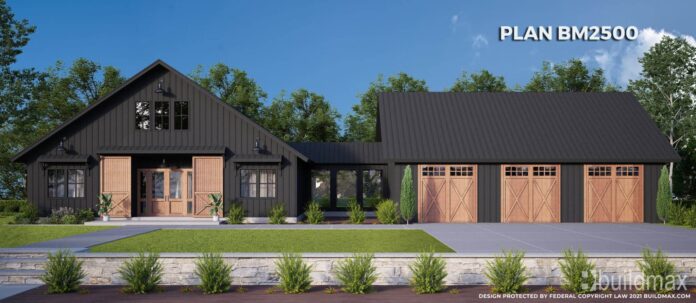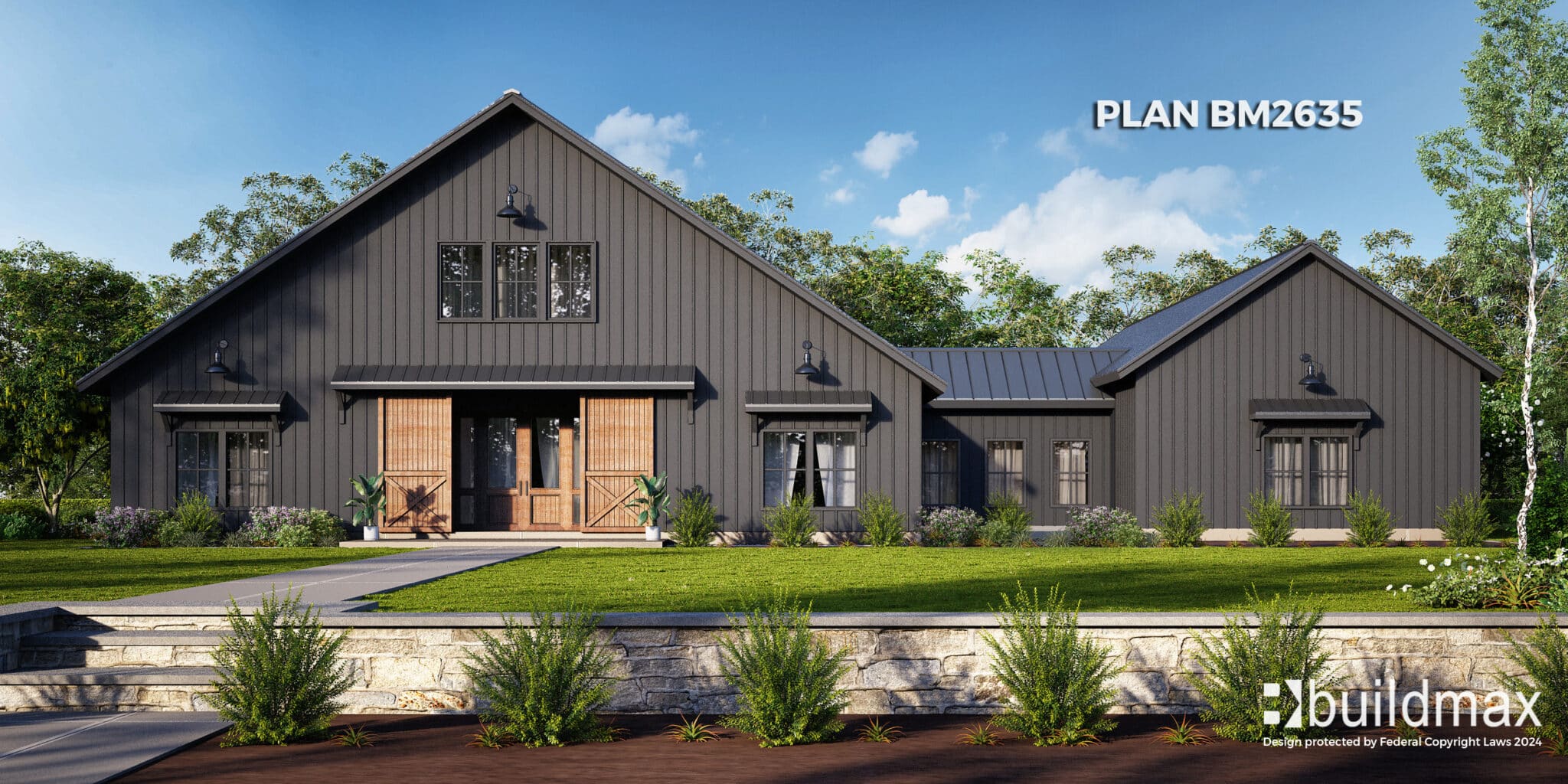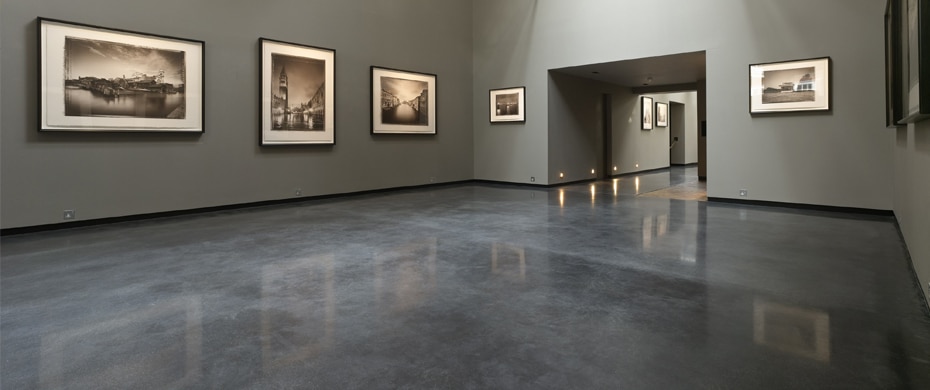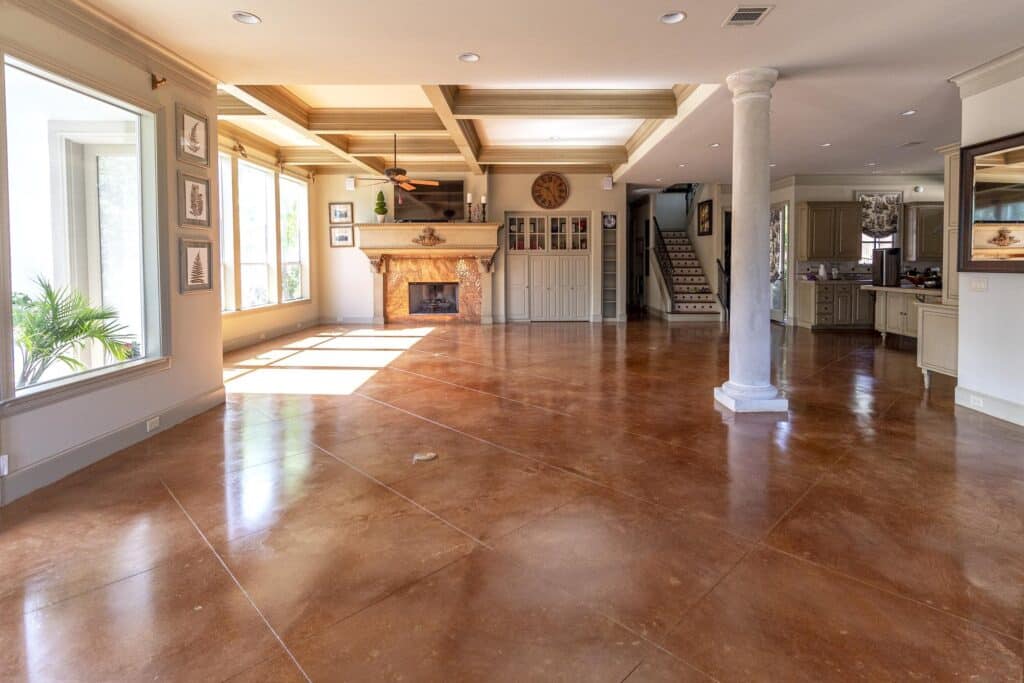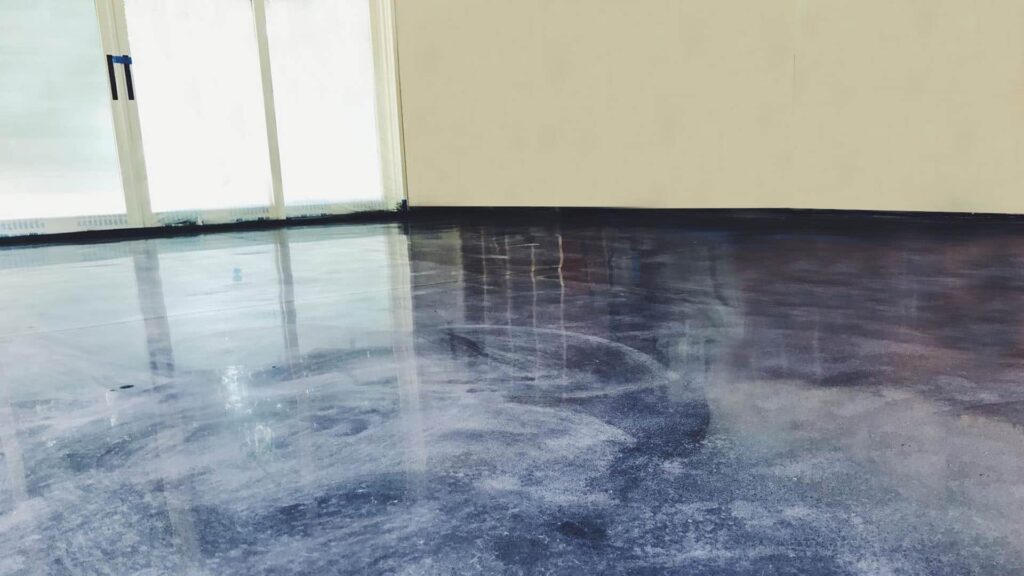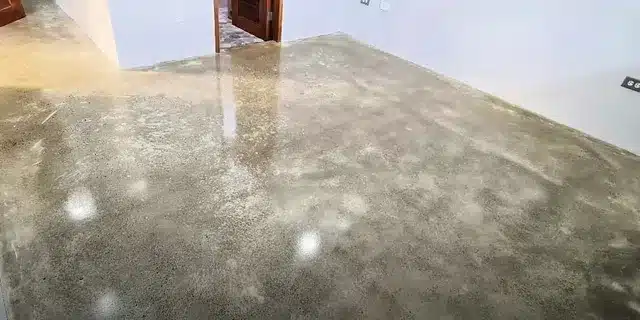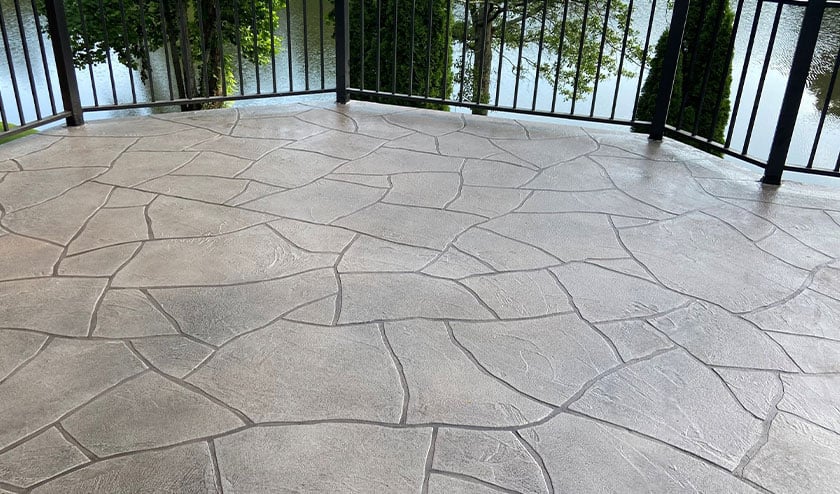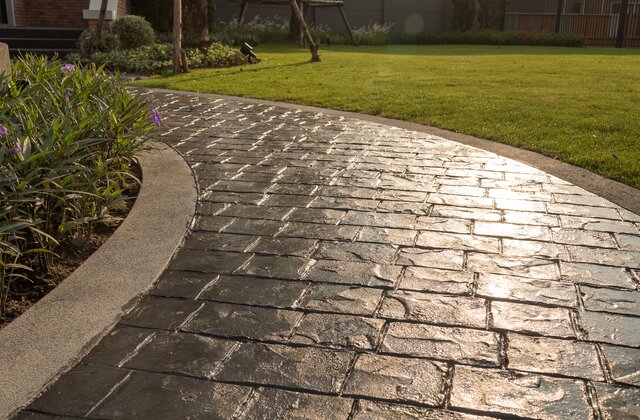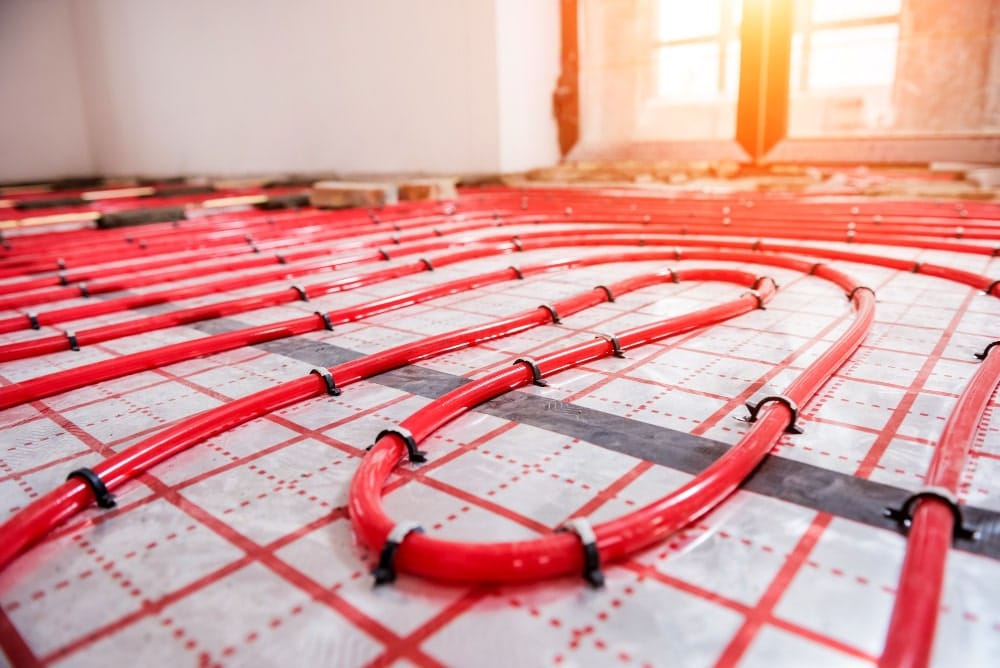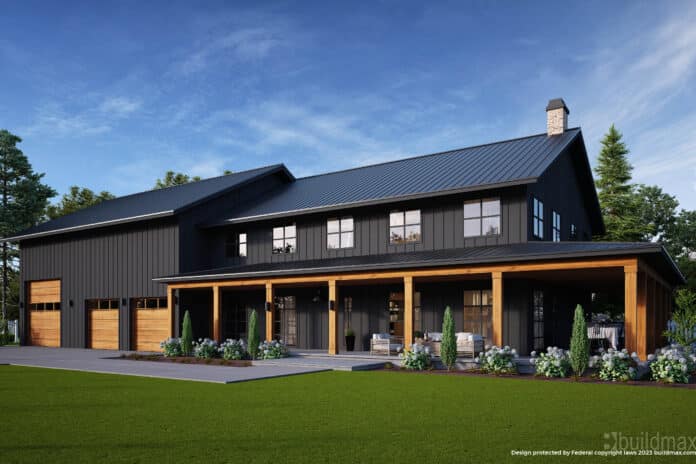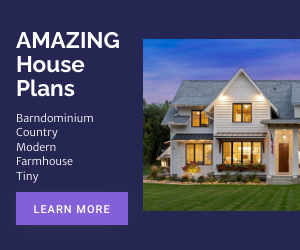What Are the Most Common Concrete Floors in a Shop-House or Barndominium?
Concrete floors are a popular choice for **shop-houses** and **barndominiums** because of their durability, versatility, and low maintenance requirements. The industrial look of concrete complements the rustic or modern aesthetic of barndominiums, while the material’s strength is ideal for spaces used as workshops, garages, or living areas. There are several types of concrete floor finishes that can be used to achieve different looks and functionality, making it a highly customizable option.
Here’s an overview of the most common types of concrete floors found in shop-houses and barndominiums, along with their benefits and best uses.
1. **Polished Concrete Floors**
**Polished concrete** is a popular choice in both residential and commercial settings due to its sleek, modern appearance and durability. The polishing process involves grinding the concrete surface with increasingly finer grits of diamond abrasives until a smooth, glossy finish is achieved. This type of floor is not only aesthetically pleasing but also practical for shop-houses and barndominiums.
Benefits:
– **Durability**: Polished concrete is highly resistant to wear and tear, making it ideal for high-traffic areas, workshops, and garages.
– **Low Maintenance**: The polished surface is easy to clean and requires minimal upkeep. It resists stains and spills, which is beneficial for spaces where vehicles or machinery are used.
– **Reflectivity**: The glossy surface helps reflect light, brightening up the space and reducing the need for additional lighting.
Best Uses:
Polished concrete is suitable for **living areas**, **workshops**, and **garages** in barndominiums. It can also be used in **multi-purpose rooms** where a seamless transition between different areas is desired.
2. **Stained Concrete Floors**
**Stained concrete** is another popular option for barndominiums and shop-houses, offering a unique, decorative appearance. Stains can be applied to the concrete surface to create a wide range of colors and effects, from natural earth tones to more vibrant hues. There are two main types of stains: **acid-based** and **water-based**.
– **Acid-Based Stains**: These penetrate the concrete and react chemically with the minerals to produce a variegated, marble-like appearance. Acid-based stains create a more natural, rustic look.
– **Water-Based Stains**: These create a more uniform color and come in a wider variety of colors. Water-based stains are ideal for achieving bold or vibrant hues.
Benefits:
– **Customizable Appearance**: Stained concrete offers a wide range of colors and patterns, allowing homeowners to create a personalized look that complements the interior design.
– **Long-Lasting Color**: The stain penetrates deep into the concrete, making the color resistant to fading, chipping, or peeling.
Best Uses:
Stained concrete is great for **living areas**, **kitchens**, and **dining spaces** within a barndominium, where a decorative, unique flooring option is desired. It can also be used in **showrooms** or **office spaces** within a shop-house.
3. **Epoxy Coated Concrete Floors**
**Epoxy coatings** are often used to enhance the appearance and functionality of concrete floors in shop-houses and barndominiums. The epoxy is a durable resin applied over the concrete, creating a hard, glossy surface that is resistant to chemicals, stains, and abrasions. Epoxy-coated floors can be customized with different colors, textures, and finishes, including metallic effects or decorative flakes.
Benefits:
– **Chemical and Stain Resistance**: Epoxy-coated floors are highly resistant to spills, oil, and chemicals, making them ideal for garages or workshops where automotive work takes place.
– **Enhanced Durability**: The epoxy coating adds an extra layer of protection to the concrete, making it more resistant to impacts, abrasions, and heavy traffic.
– **Customizable Appearance**: Epoxy coatings can be customized with various colors, patterns, and textures to achieve a unique look.
Best Uses:
Epoxy-coated concrete floors are commonly used in **garages**, **workshops**, and **mechanic bays** in shop-houses and barndominiums. They are also suitable for **high-traffic areas** where extra durability and stain resistance are needed.
4. **Sealed Concrete Floors**
**Sealed concrete** is a simpler and more budget-friendly option compared to polished or epoxy-coated floors. This type of flooring involves applying a **sealer** to the surface of the concrete, which protects it from moisture, stains, and wear. Sealed concrete can have a **matte**, **satin**, or **glossy finish**, depending on the type of sealer used.
Benefits:
– **Cost-Effective**: Sealing concrete is one of the most affordable ways to protect and enhance the appearance of concrete floors.
– **Easy to Maintain**: The sealed surface is resistant to dust and dirt, making it easy to clean and maintain.
– **Improved Durability**: While not as durable as epoxy coatings, sealed concrete still offers protection against minor spills and abrasions.
Best Uses:
Sealed concrete floors are suitable for **storage areas**, **basements**, **utility rooms**, or **low-traffic areas** within a barndominium. They can also be used in **temporary or seasonal workspaces** where heavy-duty flooring is not necessary.
5. **Textured Concrete Floors**
For barndominiums or shop-houses that need a more **slip-resistant surface**, **textured concrete floors** are a practical choice. The concrete can be finished with a **broom**, **trowel**, or **stamped pattern** to create texture. This adds traction to the surface, which is especially useful in areas that may be exposed to water, oil, or other slippery substances.
Benefits:
– **Increased Traction**: Textured concrete provides better slip resistance, making it a safer option in areas prone to spills or moisture.
– **Durability**: Like other concrete floors, textured surfaces are highly durable and can withstand heavy use.
– **Aesthetic Variety**: Various textures and patterns can be achieved, allowing for some customization while maintaining a functional surface.
Best Uses:
Textured concrete is ideal for **outdoor patios**, **driveways**, **garage floors**, or **shop entrances**, where slip resistance is important. It is also a good choice for **wash bays** or **wet areas** within a shop-house.
6. **Stamped Concrete Floors**
**Stamped concrete** is a decorative option that mimics the appearance of more expensive materials like stone, brick, slate, or tile. The concrete is poured and then stamped with a pattern while it is still wet, creating a textured surface that looks like natural stone or other materials.
Benefits:
– **Aesthetic Appeal**: Stamped concrete can achieve the look of more expensive materials at a fraction of the cost.
– **Durability**: As with other types of concrete flooring, stamped concrete is durable and long-lasting.
– **Low Maintenance**: Stamped concrete requires minimal maintenance compared to natural stone or brick.
Best Uses:
Stamped concrete is often used in **outdoor areas**, such as **patios**, **walkways**, or **pool decks**, where a decorative and durable surface is needed. It can also be used in **living spaces** or **entryways** within a barndominium to create a high-end look.
7. **Radiant Heated Concrete Floors**
Concrete floors can be paired with **radiant heating systems** to create **heated concrete floors**. Radiant heating involves installing heating elements or water-filled tubes beneath the concrete, which radiate heat upward to warm the floor and the entire room. This is particularly popular in colder climates where extra warmth is needed.
Benefits:
– **Comfort**: Radiant heated floors provide a warm, comfortable surface, especially during winter months.
– **Energy Efficiency**: Radiant heating is more energy-efficient than forced-air heating because it warms the room from the ground up.
– **Compatibility**: Radiant heating works well with polished, stained, or sealed concrete floors.
Best Uses:
Radiant heated concrete floors are suitable for **living areas**, **bathrooms**, **bedrooms**, and **multi-purpose rooms** in a barndominium, adding both comfort and energy efficiency.
Conclusion: Choosing the Right Concrete Floor for Your Shop-House or Barndominium
When selecting a concrete floor for your **shop-house** or **barndominium**, consider the specific needs of each space, including the **functionality**, **aesthetic appeal**, **durability**, and **budget**. From the sleek appearance of **polished concrete** to the practicality of **epoxy-coated** floors or the warmth of **radiant heated** options, there are numerous concrete flooring types to suit any application. Understanding the benefits and best uses of each type will help you choose the perfect flooring solution for your unique space.



